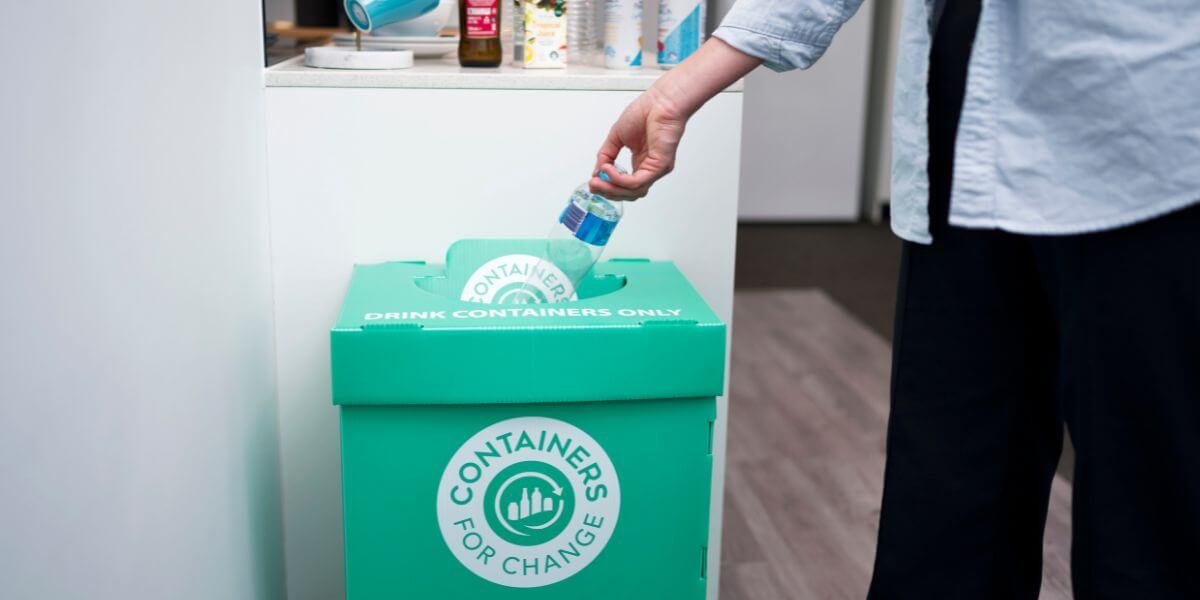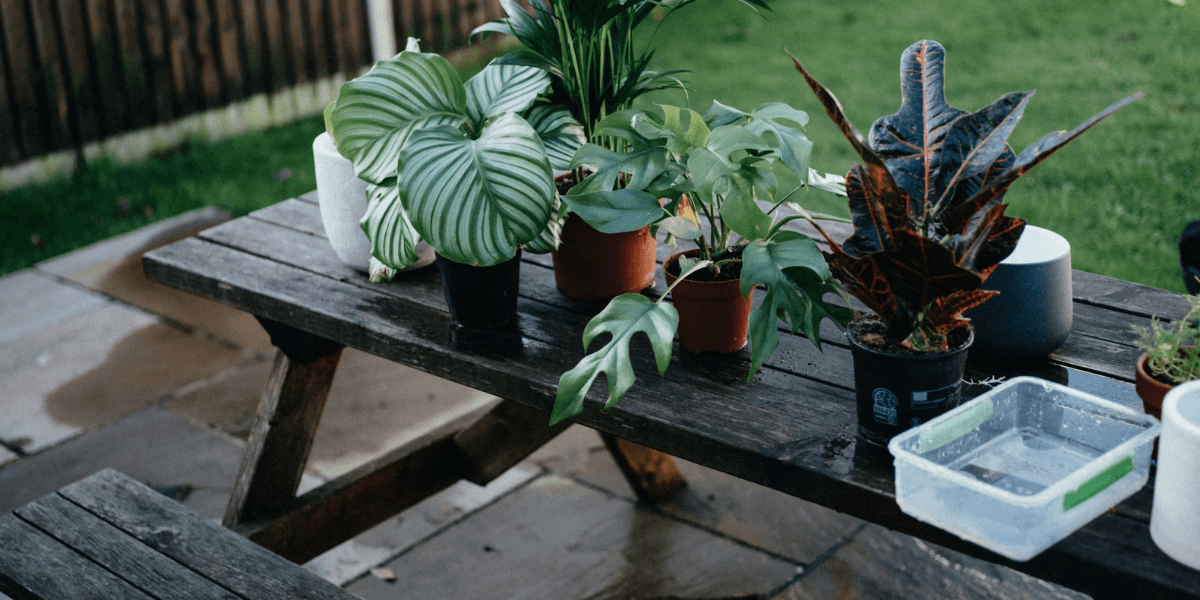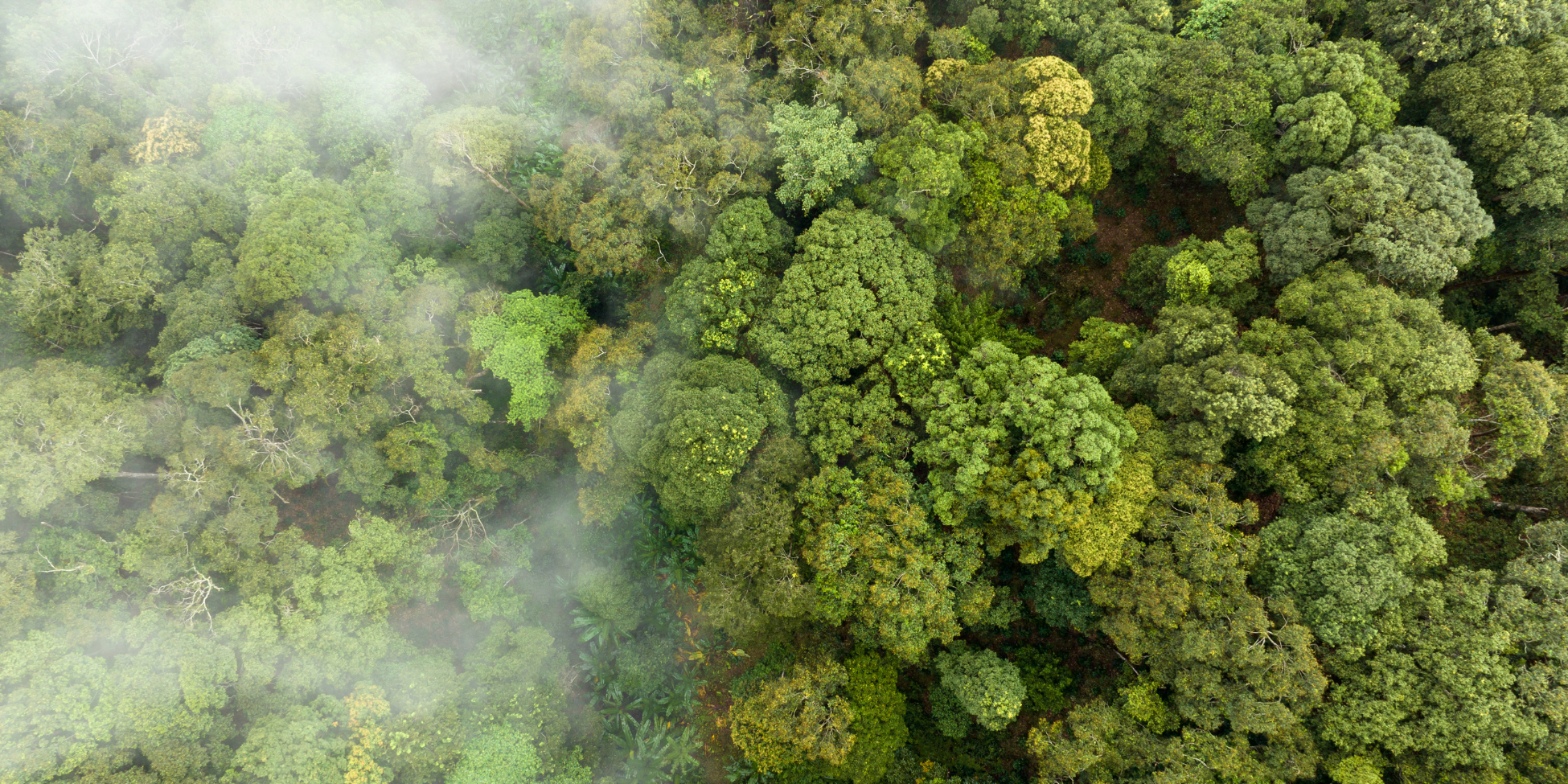GARDENING
WHY GROWING SNAKE BEANS IS AWESOME
Live for Less editor Mike Watson is a snake bean convert after planting this high yielding veggie that loves the Brisbane heat and is easy to grow. Testify!
Growing veggies in Brisbane’s long summers can be a right royal pain. I mean, really.
The searing heat, humidity and storms means at least 60% of popular veggie varieties are not even starters for amateur backyard growers, and that’s not just classic winter varieties. Most bean varieties can struggle. Even the sun-loving tomato is high maintenance, prone to all kinds of leaf blights, rot and insect attacks when rain and humidity are around.
So say hello to my little friends: snake beans, aka long beans, aka God’s Heat-Loving Beans of Wonder.
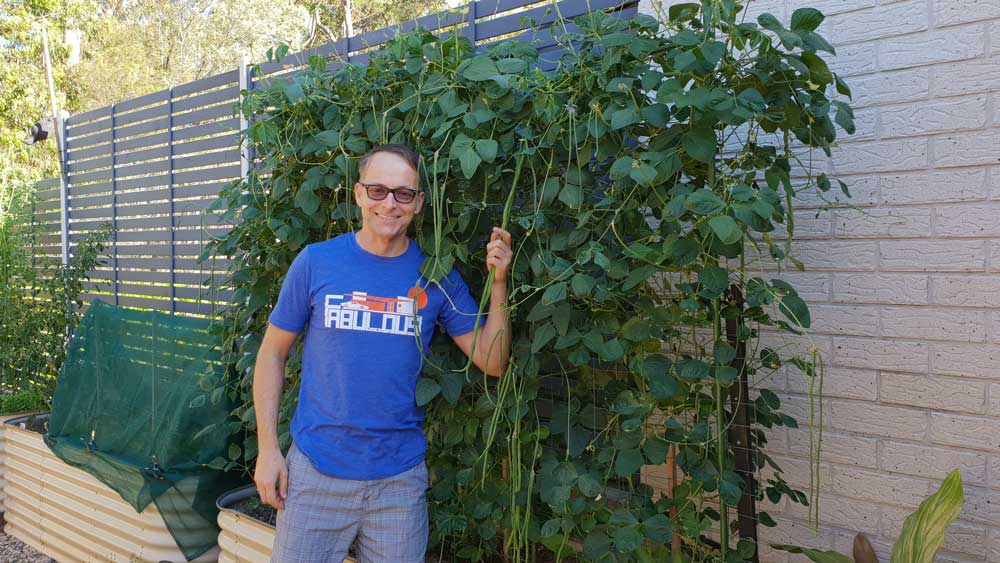
6 REASONS TO GROW SNAKE BEANS
THEY LOVE THE HEAT
Snake beans come from Asia and have evolved in tropical and subtropical climates. So in Australia they grow happily even in the hottest areas. That includes the Northern Territory. You know, where it’s so hot you can cook a steak on a rock. Where birds fall flaming from the sky.
So snake beans are hardy. They can take the heat. If you loaded a truckload of veggies into a space canon and fired it into the sun, the snake beans would simply pass through the inferno to the other side. FACT!
THEY PRODUCE LOTS IN A SMALL SPACE
Snake beans grow upwards, now outwards, so they don’t take up much horizontal space in a garden or sunny balcony. Just give them something to climb that’s 1-2 metres high. Sticks, wire, fencing, it can be almost anything.
THEY ARE CHEAP
Been paying up to $15 a kilo at the shops for green beans? Did they go all black in less than week? Grow your own snake beans and you’ll save money, I guarantee.
THEY DON’T NEED LOTS OF EXTRA FERTILISER
Like most beans, snake beans don’t need a lot of extra fertiliser as long as the soil or potting mix is good to start with. They have a talent for drawing nitrogen from the air, thanks to a bacteria that grows on the root nodules. So adding lots of extra nitrogen-based fertiliser (e.g. chook poo pellets) might overdose the plants, giving you a big lush green wall with few actual snake beans. Nice to hide behind, but otherwise useless.
A caveat: there is evidence that imported bean varieties – including snake beans – may not find enough of this particular bacteria in Australian soil to do the nitrogen fixing job. Therefore, adding a modest amount of fertilizer should be fine, and is probably a good idea.
THEY ARE YUM AND HEALTHY
My neighbours might have seen me wandering around the yard with my shirt off and crunching down on a handful of long green stringy things, and thought, “what the #!#@!! is he doing now?” Eating my greens, I would say. Would you like some beans? And they would say yes.
So they are good raw, if that’s your thing. But you can use snake beans in most recipes where you use regular supermarket green beans, from meat-and-three-veg to casseroles. They are especially awesome in Asian stir fries.
THEY LAST IN THE FRIDGE
A good crop of snake beans can easily produce more than you immediately need. Seal them in a plastic lock bag and they will last up to 4 weeks in the fridge. Home-grown veggies generally last longer than store-bought produce, and this is true of snake beans in particular.
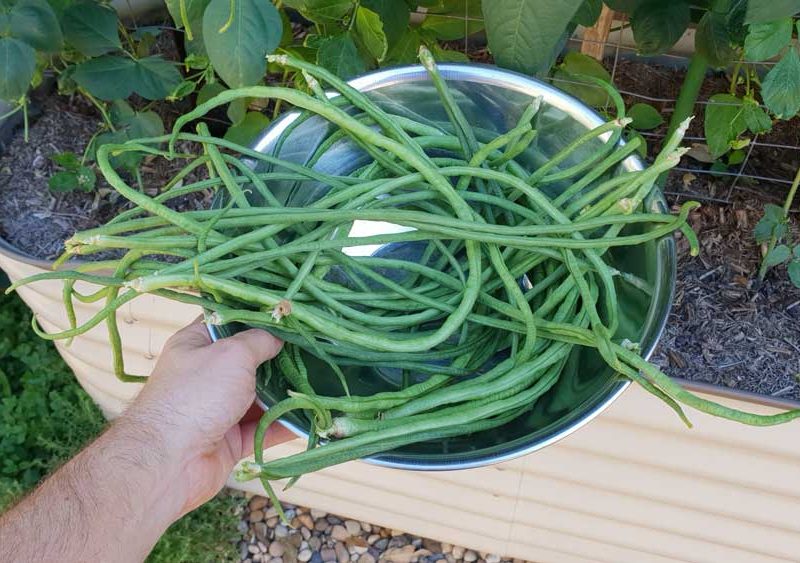
SNAKE BEAN FAQ*
*just like real FAQ questions except I made them up
Are snake beans venomous?
Fortunately, no. They are docile and safe around children. No snake bean has ever been observed swallowing family pets, expect a really big one I saw on Doctor Who once.
Why don’t I see snake beans in the shops?
Good question. I’ve seen them in a few green grocers and market stalls, but they aren’t commonly available in Brisbane. Perhaps because people like what they know. Perhaps because they aren’t sexy. Perhaps because they look a bit weird. Well, here’s your chance to step up. Become a snake bean ambassador and #eatsnakes.
When should I plant snake beans?
Snake beans will grow year round in many parts of SE Queensland, though they hate frost. They need warm daytime temperatures above 25°C for fastest production, as growth will slow noticeably at temperatures lower than 15°C. This is an annual plant, meaning it will complete its life cycle and die in less than a year.
Best time to actually sow your seeds is from early spring through to the end of summer. Beans generally are one of the easiest veggies to grow from seed rather than buying expensive seedlings. A pack of Mr. Fothergill’s Snake Bean Seeds will cost you around 5 bucks and you can easily save some to plant next time. Behold, the circle of life.
How much water do they need?
They need a steady amount of water, without letting them become waterlogged. Only in monsoonal regions do drainage systems need to be set up so the plants aren’t damaged in the big wet.
What should I grow snake beans in?
You can grow snake beans in the ground, in a row of pots, or in a raised bed like I do. Just stick in a trellis or a similar structure for them to grab hold of, because boy, do these babies love to climb.
MORE ON SNAKE BEANS
- This guide from the Northern Territory government on growing snake beans at home is excellent.
- You can buy snake beans seeds direct from Mr. Fothergill’s website, who I suspect is not actually a real person but seems an awfully nice bloke anyway, judging from the picture on the packet.

The author
This post was written by the BSA Sustainable Living team! We’re here to help you reduce your environmental footprint and lower your cost of living along the way.


